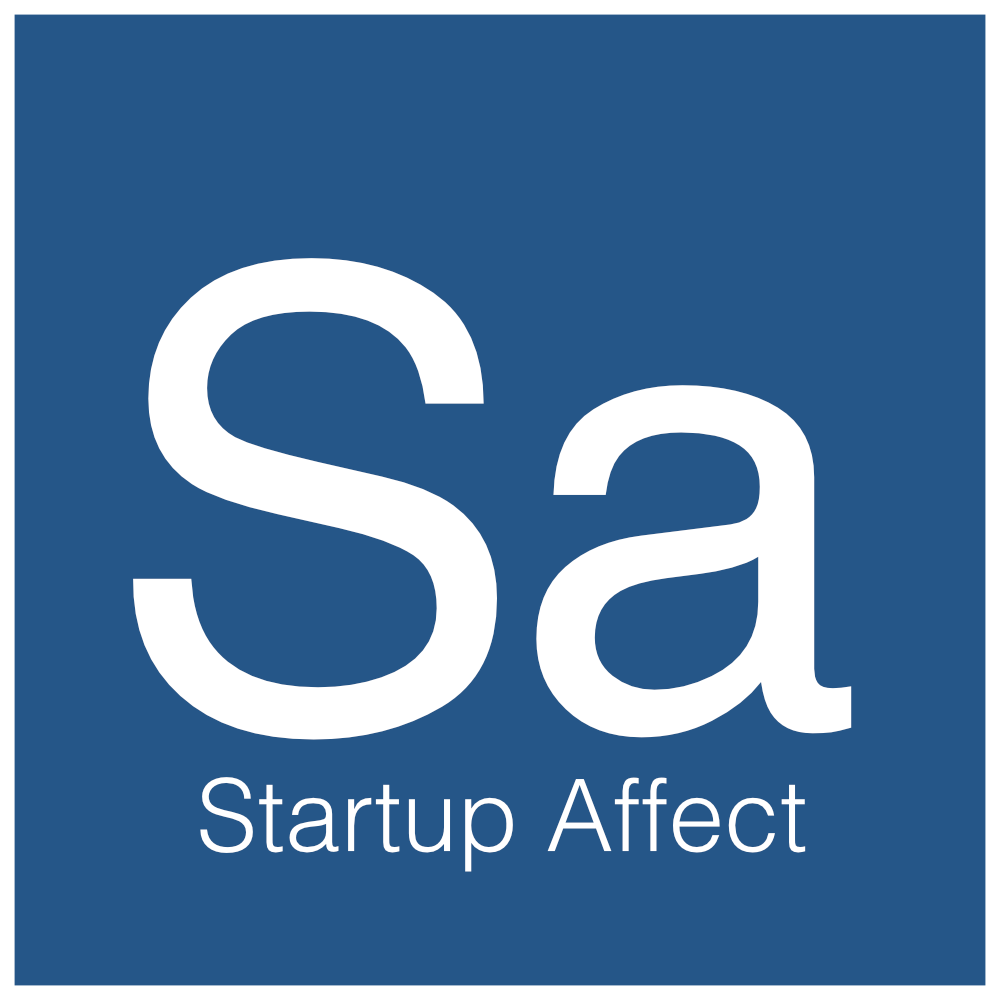The consumer product company Wallwerx launched a crowdfunding campaign on Kickstarter, February 20th, 2024. This in-depth article offers insights into their first crowdfunding experience, decision making process and the affect crowdfunding had on their new product launch and startup.
By Wallwerx’s Co-Founder & CEO, Dominic Taverniti
Table of Contents
The very start of our decision tree for launching our new products, did not begin with crowdfunding. Crowdfunding was one of several options we considered, and was actually low on our probability list in the early planning stages.
A little background on that before moving forward.
Wallerx’s first product was already in market and being sold online (direct-to-consumer through the company’s website https://www.wallwerx.com, Amazon, and retail marketplaces), and in-store retail (Home Depot, Klingspor, and Do it Best). Going the route of crowdfunding would delay the release of these new products through all of the existing sales channels, until crowdfunding orders were fulfilled.
So then why did we ultimately choose to launch our new products through a crowdfunding campaign, rather than running them out through existing sales channels?
Why Choose Crowdfunding to Launch a Product
We chose crowdfunding for 4 primary reasons.
- Reach
- Audience
- Timeline
- Pre-Selling
Crowdfunding Reach
Crowdfunding as a sales channel, marketplace, platform, and community has grown significantly over the years. There is a very large cultivated market and ecosystem that has built up around the two primary platforms – Kickstarter & Indiegogo. The potential reach and bang-for-the-buck on advertising appeared to be far better than a general product launch. We also had to factor in that while we were already selling online and in retail, the Wallerx brand was still virtually unknown.
Crowdfunding Audience
Crowdfunding junkies are early adopters. Backing a crowdfunding project is not the same as buying a product. Technically, when backing a crowdfunding project, someone is pledging their support to see a project come to life, and if a product, come to market. Since the proposed product is not already in market, there is inherent risk in pledging financial support to a project that is somewhere between an idea, a prototype, or pilot production run.
All of this to say, people willing to accept that risk–to be the first one to have the latest thing–are early adopters. And for a new product to market, the early adopter audience is the perfect target!
Crowdfunding Timeline
We wanted to compress our product launch timeline as much as possible. Assuming we would have spend the same amount of money on digital asset & media production, advertising and promotions, whether launching to the general public online or via a crowdfunding campaign, we saw crowdfunding as the faster path (3-4 months). Alternatively, spending that amount of money over 6-12 months would only compound overhead each month.
Also, as a young company with a very thin library of marketing assets, we saw an opportunities in having to adhere to a ridged and compressed launch schedule. We’ll discuss the fine-tuned launch strategies that have crowdfunding agencies have evolved over time in a moment.
Pre-Selling
The opportunity to pre-sell products during a crowdfunding campaign, would give us both the funds upfront, as well as a consolidated volume to launch mass production. By rolling up the pre-launch orders from crowdfunding Backers and tacking on additional units for held inventory, we would be able to achieve volume discounts that we wouldn’t have otherwise been able to afford. And for us, that manufacturing volume discount adds an additional 10-20% of profit margin, which is absolutely crucial for the business.

Using and Crowdfunding Agency vs Doing it Ourselves
Having personally backed a dozen Kickstarter campaigns over the years, I thought I had a good understanding of how campaigns were structured and it all seemed simple enough. It only took a little digging to realize how much we didn’t know and how complex launching and running a crowdfunding campaign would be.
The first decision we made, after deciding to launch our product via a crowdfunding campaign, was to find the right agency to work with. We quickly learned that not all crowdfunding agencies are create equal. They have different fee structures, their experience varies with different industries and products, some are based domestic to your market, while others are international, and so on.
